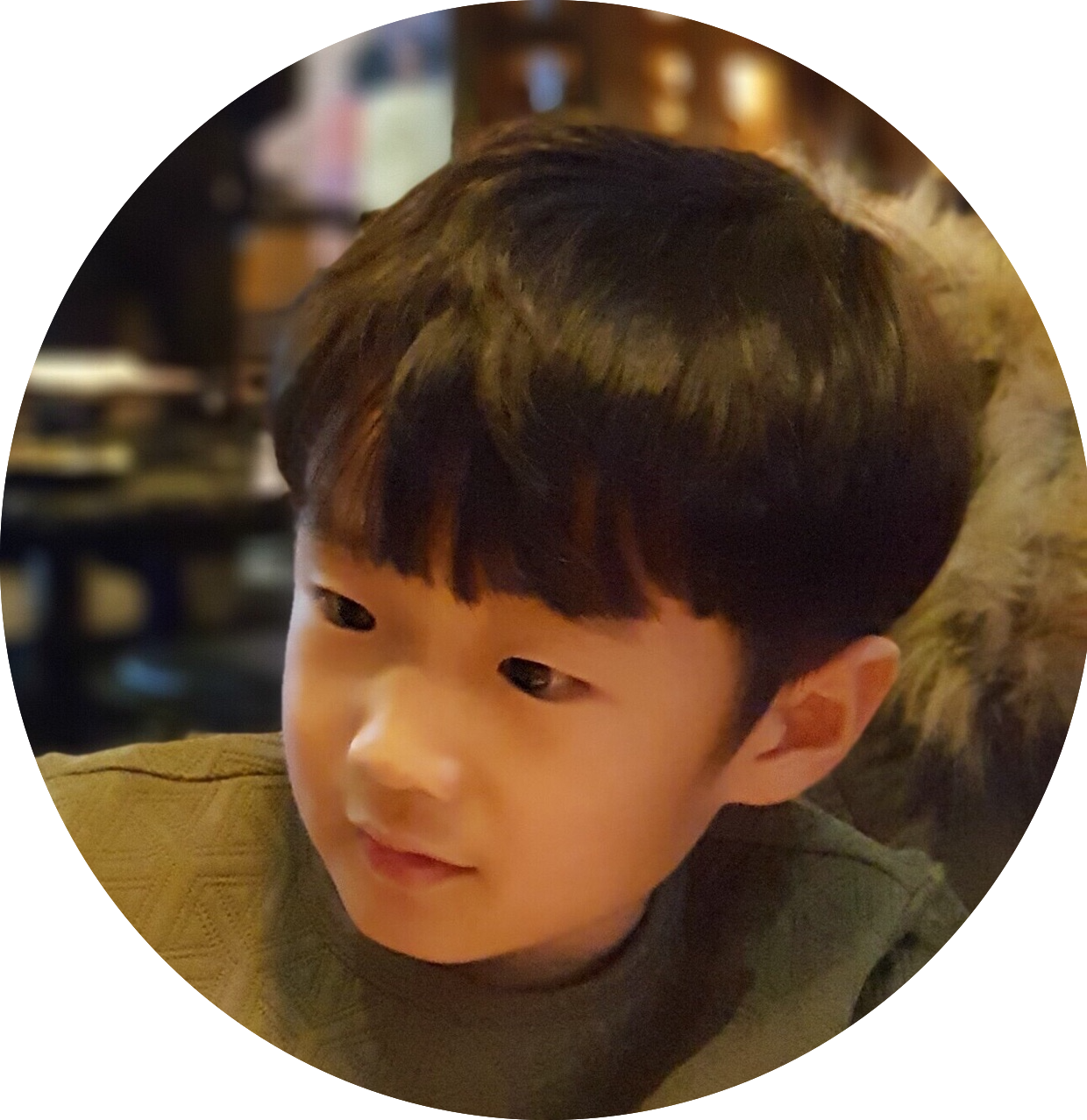[Flutter] Android SystemUIOverlay 이슈
앱을 개발하다보면 앱 특성에 따라서 Status bar, Bottom Navigation bar를 다양한 방식으로 처리를 하게됩니다. Flutter에서는 service.dart를 통한 SystemChrome.setEnabledSystemUIOverlays를 제공하여, 이를 통해서 다양한 방식으로 처리가 가능합니다.
이번 포스트는 Flutter 2.2.3 버전으로 진행됩니다.
SystemUiOverlay 사용 경우의 수
- Status, Bottom 미사용 - Full 화면
- Status, Bottom 모두 사용
- Status만 사용
- Bottom만 사용
일반적으로 1, 2번의 경우는 큰 이슈가 발생하지 않지만, 이번에 3번의 경우로 앱을 개발하면서 발생했던 내용을 간략히 공유드리겠습니다.
Flutter에서는 SystemChrome.setEnabledSystemUIOverlays([SystemUiOverlay.top])을 통해서 Status bar만 사용하도록 제공합니다. 하지만, Android에서는 제공된 방법으로 사용시 하기와 같은 이슈가 발생합니다.
이슈
- 화면을 터치해도 Bottom Navigation UI가 나타남.
- TextFormField 사용시 두번 터치를 해야 키보드가 올라옴(처음 터치시에는 Bottom Navigation UI가 나타남)
해결
Android Platform 코드를 작성한 뒤 처리합니다.
Android Native Code - Java
import io.flutter.embedding.android.FlutterActivity;
import io.flutter.embedding.engine.FlutterEngine;
import android.view.View;
import android.os.Bundle;
import android.util.Log;
import androidx.annotation.NonNull;
import io.flutter.plugin.common.MethodCall;
import io.flutter.plugin.common.MethodChannel;
import io.flutter.plugin.common.MethodChannel.MethodCallHandler;
import io.flutter.plugin.common.MethodChannel.Result;
import io.flutter.plugins.GeneratedPluginRegistrant;
public class MainActivity extends FlutterActivity {
private static final String CHANNEL = "com.sample.project/channel";
@Override
protected void onCreate(Bundle savedInstanceState) {
super.onCreate(savedInstanceState);
hideSystemUI();
}
@Override
public void configureFlutterEngine(@NonNull FlutterEngine flutterEngine) {
GeneratedPluginRegistrant.registerWith(flutterEngine);
new MethodChannel(flutterEngine.getDartExecutor().getBinaryMessenger(), CHANNEL)
.setMethodCallHandler(
(call, result) -> {
if (call.method.equals("hideUi")) hideSystemUI();
});
}
@Override
public void onWindowFocusChanged(boolean hasFocus) {
super.onWindowFocusChanged(hasFocus);
if(hasFocus) {
hideSystemUI();
}
}
protected void hideSystemUI() {
// Enables regular immersive mode.
// For "lean back" mode, remove SYSTEM_UI_FLAG_IMMERSIVE.
// Or for "sticky immersive," replace it with SYSTEM_UI_FLAG_IMMERSIVE_STICKY
View decorView = getWindow().getDecorView();
decorView.setSystemUiVisibility(
View.SYSTEM_UI_FLAG_IMMERSIVE_STICKY
| View.SYSTEM_UI_FLAG_LAYOUT_HIDE_NAVIGATION
| View.SYSTEM_UI_FLAG_LAYOUT_FULLSCREEN
| View.SYSTEM_UI_FLAG_LAYOUT_STABLE
| View.SYSTEM_UI_FLAG_HIDE_NAVIGATION);
}
}
Android Native Code - Kotlin
import android.os.Bundle
import android.os.Handler
import androidx.annotation.NonNull
import android.view.View
import android.view.WindowManager
import io.flutter.embedding.android.FlutterActivity
import io.flutter.embedding.engine.FlutterEngine
import io.flutter.plugin.common.MethodCall
import io.flutter.plugin.common.MethodChannel
import io.flutter.plugin.common.MethodChannel.MethodCallHandler
import io.flutter.plugin.common.MethodChannel.Result
import io.flutter.plugin.common.PluginRegistry.Registrar
import io.flutter.plugins.GeneratedPluginRegistrant
import android.util.Log
class MainActivity: FlutterActivity(), MethodCallHandler {
private static final String CHANNEL = "com.sample.project/channel";
private final val HIDEUI = "hideUi"
override fun onCreate(savedInstanceState: Bundle?) {
super.onCreate(savedInstanceState)
hideSystemUI()
Log.e("MainActivity", "onCreate!!!");
}
override fun configureFlutterEngine(@NonNull flutterEngine: FlutterEngine) {
GeneratedPluginRegistrant.registerWith(flutterEngine);
val binaryMessenger = flutterEngine.getDartExecutor().getBinaryMessenger()
var channel = MethodChannel(binaryMessenger, CHANNEL)
channel.setMethodCallHandler(this)
MainActivity._channel = channel
}
override fun onMethodCall(@NonNull call: MethodCall, @NonNull result: Result) {
when (call.method) {
HIDEUI -> this.hideSystemUI()
else -> result.notImplemented()
}
}
override fun onWindowFocusChanged(hasFocus: Boolean) {
super.onWindowFocusChanged(hasFocus);
if (hasFocus) hideSystemUI()
}
private fun hideSystemUI() {
window.decorView.systemUiVisibility = (View.SYSTEM_UI_FLAG_IMMERSIVE_STICKY
or View.SYSTEM_UI_FLAG_LAYOUT_HIDE_NAVIGATION
or View.SYSTEM_UI_FLAG_LAYOUT_FULLSCREEN
or View.SYSTEM_UI_FLAG_LAYOUT_STABLE
or View.SYSTEM_UI_FLAG_HIDE_NAVIGATION)
}
companion object {
var _channel: MethodChannel? = null
}
}
Flutter Dart Code - Platform Invoke
static Future hideSystemUI() async {
try {
var result = await _platform.invokeMethod('hideUi', <String, dynamic>{});
return result;
} on PlatformException catch (e) {
Exception(e);
}
}
Flutter Dart Code - Keyboard Detect
@override
void initState() {
super.initState();
var keyboardVisibilityController = KeyboardVisibilityController();
_keyboardStreamSubscription =
keyboardVisibilityController.onChange.listen((visible) {
if (!visible) {
UXFunctions.hideSystemUI();
}
});
}
위와 같이 Android Native (Java or Kotlin)코드를 작성한 뒤 초기 OnCreate, onWindowFocus에서 호출하며 이후 키보드(Input)를 사용하는 Widget에서 키보드가 내려갈 때 hideSystemUI()를 호출해줍니다.
참고로, 키보드 Detect를 위해서 flutter_keyboard_visibility Dependency를 사용하였습니다.
